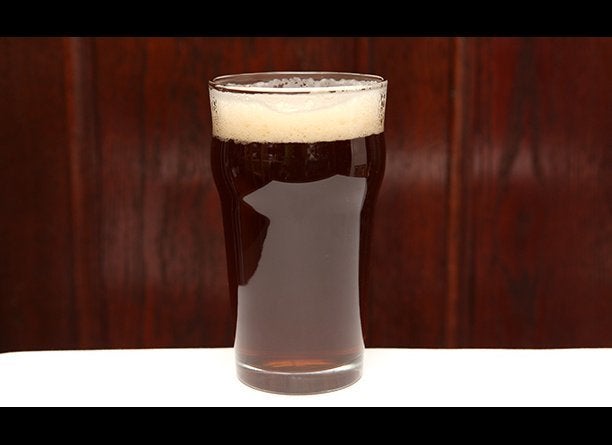Sara BonisteelDiscover the differences between IPA, Pilsner, pint, wheat, and tulip beer glasses, and which beers to pour with each
If you've ever been to a bar that focuses on craft beer, you've seen a variety of glassware for the various ales, lagers, Pilsners, Hefeweizens, and IPAs poured from bottles or on tap. These vessels are often the traditional shape of the beer glass in the region where a particular style of brew was born: imperial pints for the government-regulated measures of British pubs, long and lean Hefeweizen glasses for wheaty German beers, and tulips from Belgium, where abbey ales have long flourished. And while beer experts say it's not imperative to have the perfect glass for your beer, it does promote your enjoyment of the brew. "Beer should be put into a glass for two reasons," says Charlie Bamforth, professor of Malting and Brewing Sciences at the University of California, Davis. "One is, if you drink the beer straight out of the bottle or a can, you don't get the full appreciation of flavor because most of the flavor of beer is detected through the nose. By dangling your nostrils in the beer -- in the headspace above the beer -- you actually get a full appreciation of the aroma. The second reason you want to pour it in a glass is so that you can admire the foam, and the appearance of the product."
There are dozens of beer glasses out there, but it's not necessary for a home bar to offer one of every shape. "I don't think if you put an abbey ale in a Pilsner glass, it's going to taste very different, and vice versa," Bamforth says. "There's a tremendous psychological factor at play here." He also points out that not enough scientific research has been done on glassware's effect on the taste of beer. "There's a lot of opinion. I have a colleague who is heavily against the traditional simple pint beer glass. He does not believe that it actually presents beer to its best advantage." He adds, "I'm OK with [a pint glass] as long as it doesn't have the wrong name on it. The worst possible thing you can have, in my opinion, is a certain beer presented in a glass with the wrong name on it."
In fact, the important factor to consider in a beer glass is less the shape and more the cleanliness of the vessel: Residual fat or grease on a glass can kill the foam, which carries aroma and creates a pleasing appearance. How you pour the brew is also crucial. "Pour it with vigor. Direct the pour at the bottom of the glass," Bamforth says. "You basically get a glass which will be full of foam, and that's OK. Don't rush at it. What will happen is the liquid will start to drain out of that foam, but the foam will become more stable and the material in the beer will stick together. Gradually you top up the beer with the liquid from the bottom of the bottle or the can, and when you're finished, you'll end up with a glass with nice delicious-looking liquid with a nice stable foam on top. It's just a beautiful thing."
Read on to learn about the most common varieties of beer glasses, where they originated, and what beers might best be served in them.
